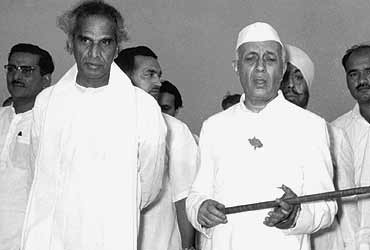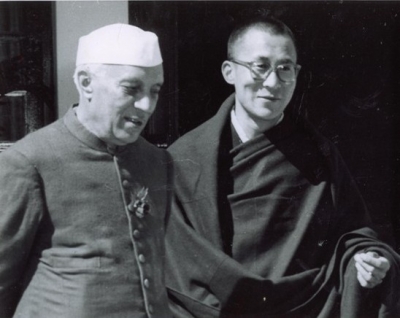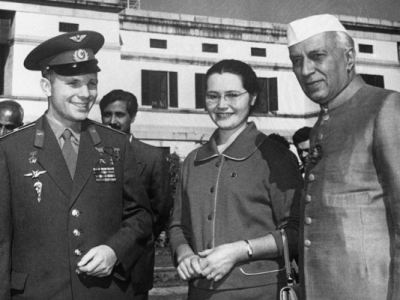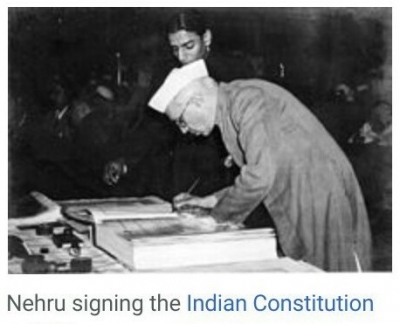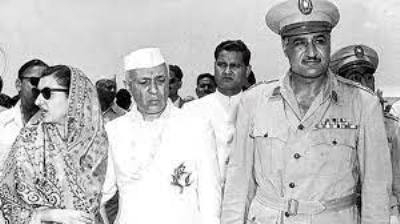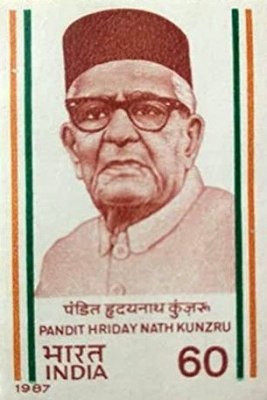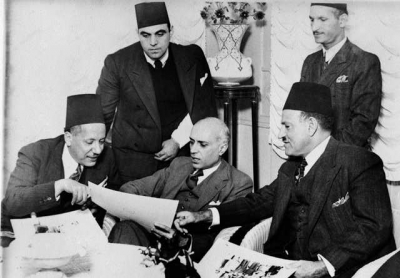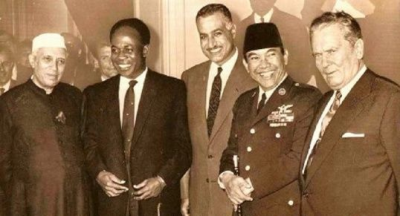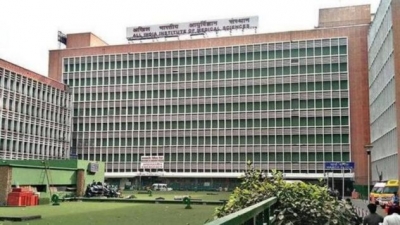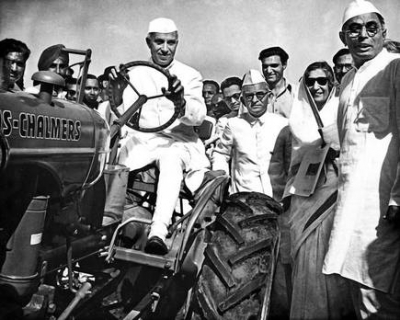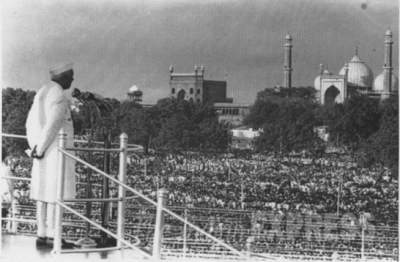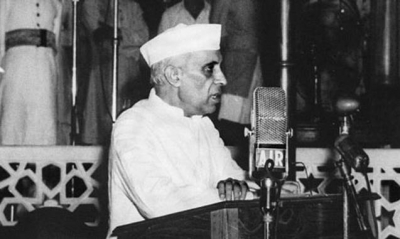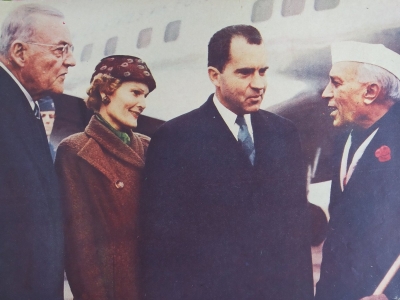What made Nehru work so tirelessly?
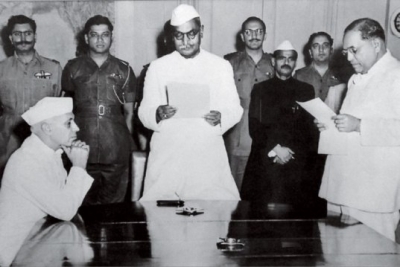
It is said that Jawaharlal Nehru heard of General Dyer boasting about the Amritsar Massacre. Shocked and appalled at the brutal act and the lack of regret over the loss of lives on the part of the British, Nehru made up his mind to work tirelessly for India’s freedom.
He joined the Indian National Congress that same year in 1919 and developed a rigorous work routine that lasted 17 hours a day, seven days a week. He seldom took holidays and worked tirelessly for his country’s independence. He was imprisoned in total for a period of nine years, longer than anyone, including Mahatma Gandhi. During this time he wrote a number of books, including his autobiography titled Towards Freedom which was published in 1936.
He was a prolific writer and has written over 100 volumes running into 70,000 pages of reading matter! In the world of literature, Nehru is ranked along with Bernard Shaw, George Orwell, Bertrand Russell and Winston Churchill. When one considers his busy political life before and after independence, this is quite remarkable.
After India got its independence in 1947 after long years of struggle, Nehru became our first Prime Minister. But Nehru’s struggle for freedom did not stop with the British leaving India. He made it his life’s mission to protect minorities in India and defend individual freedom as well. Though it was Dr. B. R. Ambedkar who formulated the Constitution, it was Nehru who fought tirelessly to ensure that the country remained secular.
He translated his vision of a mighty India into reality and worked for a better tomorrow for generations to come. He was a freedom fighter, statesman, litterateur, visionary and architect of modern India.
He remained Prime minister till his death on 27 May, 1964 at the age of 74.
Picture Credit : Google
